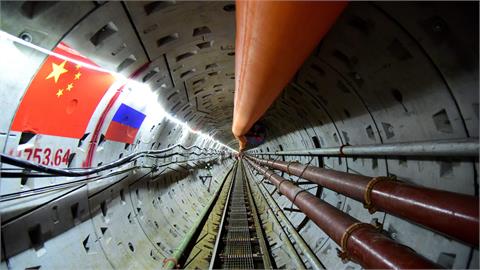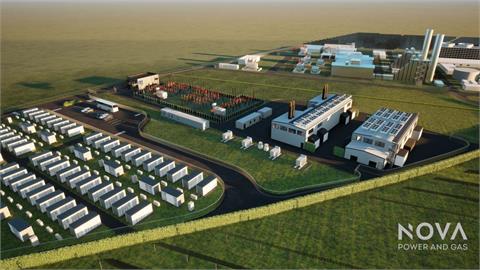According to latest report by Australian and US scientists, researchers are casting new light on one of the most baffling riddles in climate science: why has global warming stalled when emissions of the greenhouse gases blamed for climate change have kept soaring? The explanation appears to lie in an unprecedented strengthening of Pacific trade winds over the past 20 years.
These easterly winds, which blow across the tropics, have speeded up ocean circulation at the equator, pushing heat deep down into the ocean’s depths and bringing cooler water up to the surface. This has driven more cooling in other regions and accounts for much of the reason why global average air surface temperatures have stayed virtually steady since 2001, says the paper, published in this week’s Nature Climate Change journal.
This pause could persist for much of the present decade if the strong trade winds continue, but the paper warns that once they slow down "rapid warming is expected to resume”. "Scientists have long suspected that extra ocean heat uptake has slowed the rise of global average temperatures, but the mechanism behind the hiatus remained unclear,” said the study’s lead author, Professor Matthew England of the Australian Research Council’s Centre of Excellence for Climate System Science, in an interview with the Financial Times. The implications of the research were of concern, he added. "We should be very clear: the current hiatus offers no comfort. We are just seeing another pause in warming before the next inevitable rise in global temperatures.”
The stalling in air temperature rises, which follows a steady trend of warming through much of the 20th century, has led some to question whether climate change is a serious problem, or whether it exists at all. The proportion of Americans who do not believe global warming is happening rose 7 percentage points to 23 per cent between April and November last year, according to a recent US study. While nearly two-thirds do believe climate change is occurring, the number who think humans are causing it has fallen slightly since 2012.
However, some climate scientists say the findings on the role of Pacific trade winds, which build on previous studies pointing to the oceans’ role in absorbing heat, suggest the change is linked to human activity. "These changes are temporarily masking the effects of man-made global warming,” said Professor Richard Allan, professor of climate science at the University of Reading in the UK. The latest news and analysis on the world’s changing climate and the political moves afoot to tackle the problem. "It is likely that the current slowdown is only a temporary reprieve from rapid increases in global temperatures,” he said, adding that it would be surprising if big changes in atmospheric and ocean circulation over the past 20 years had not already disrupted weather patterns.
The past two years have been marked by a series of unusual weather extremes. Australia recorded its hottest year on record in 2013, while the continental US had its warmest year in 2012. In the UK, where large parts of England have just had their wettest January in more than a century and the country’s south has been hit by serious flooding and coastal damage, Met Office scientists said it was still not possible to say definitively that climate change was to blame. "Nevertheless, recent studies have suggested an increase in the intensity of Atlantic storms that take a more southerly track, typical of this winter’s extreme weather,” the scientists say. "There is also an increasing body of evidence that shows that extreme daily rainfall rates are becoming more intense, and that the rate of increase is consistent with what is expected from the fundamental physics of a warming world.”



